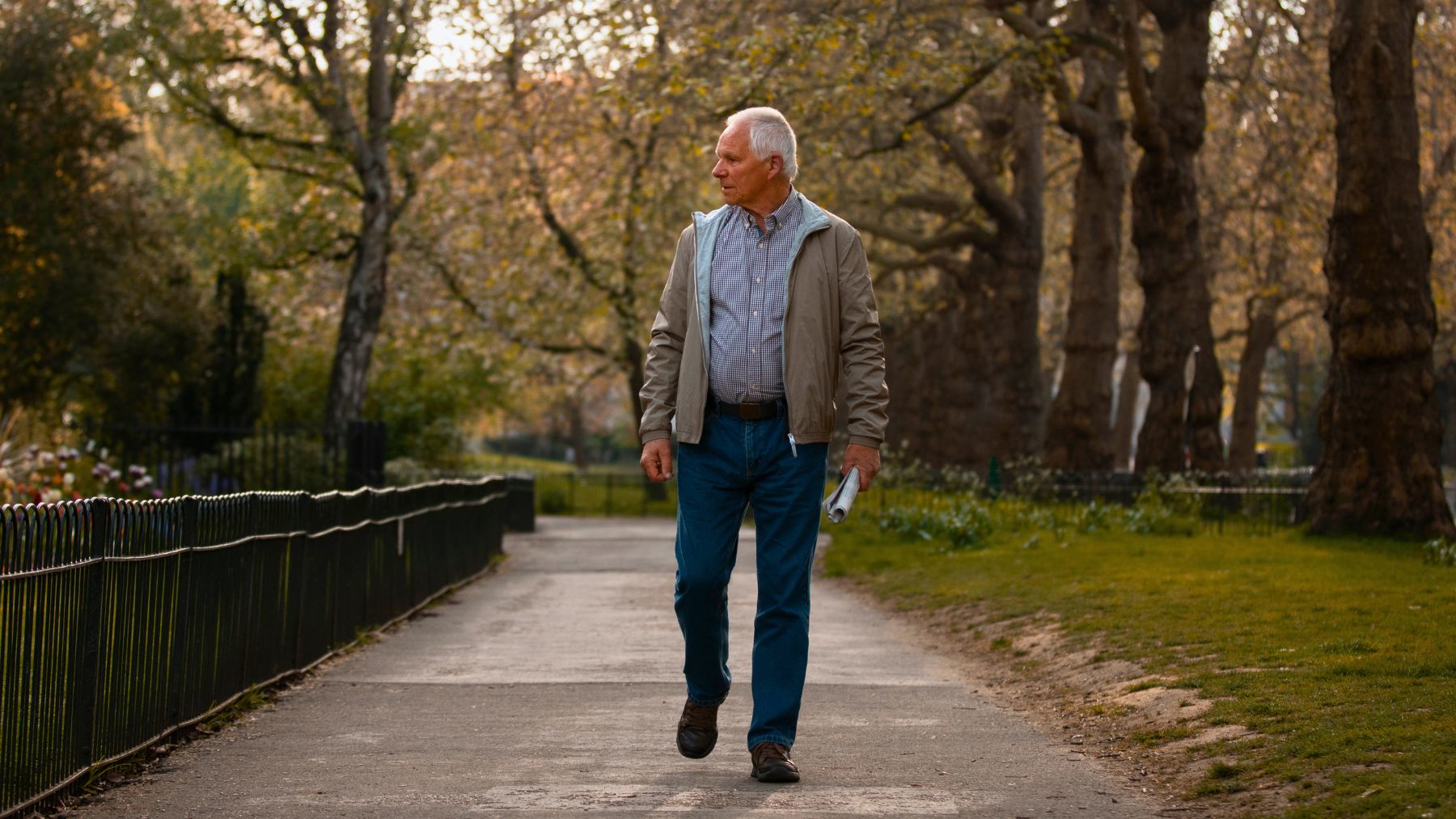Walking is a common way of maintaining fitness during your golden years, but reversing your direction can amplify the benefits. National Geographic suggests that walking backward offers unique advantages for seniors over 60, from building strength and improving balance to sharpening mental clarity.
Studies show that backward walking (or “retro-walking”) engages underused muscle groups, enhances balance, and challenges the brain in ways that regular walking cannot. Here, we’ll explore why this unconventional movement is gaining popularity among seniors, how it compares to traditional walking, and offer practical tips for integrating it safely into your fitness routine.
Why walking backwards is effective for seniors
Walking backward is a science-backed technique that addresses common age-related challenges. By altering the movement pattern, it activates different muscles and helps you reduce joint strain to improve comfort in your daily activities. Here are some of the key benefits.
Builds strength without strain
Walking backward places greater emphasis on your hips, glutes, and thighs rather than your ankles. This alternate load distribution helps strengthen areas that often weaken over time.
Janet Dufek, a kinesiology researcher, notes that this practice can boost lower-back flexibility and alleviate pain by gently engaging the hamstrings and quadriceps. For seniors with arthritis, it can lessen knee pressure while building stabilizing muscles.
Sharpens the mind
Navigating in reverse compels your brain to process movement in a new way. A 2019 study found that participants who routinely walked backward experienced improvements in balance and cognitive function compared to those walking forward. Harvard psychiatrist Ashwini Nadkarni explains that the increased spatial awareness and coordination required can enhance memory and decision-making, even with brief sessions.
Improves balance and stability
Falls pose a significant risk to older adults, and backward walking trains your body to stabilize in unpredictable situations. It’s an activity that strengthens proprioception—your sense of body position—which, according to research, leads to quicker reaction times and more secure footing, both of which are critical for preventing falls.
Burns more calories
Research from the American College of Sports Medicine found that walking backward burns 40% more calories per minute than forward walking at the same pace. For those looking to manage weight or improve heart health, it presents an efficient, low-impact way to elevate the heart rate.
Getting started with this exercise after 60
To begin incorporating it into your routine, consider starting on a treadmill where you can hold the handrails at a slow speed. Alternatively, find a clear, flat, obstacle-free outdoor space and, if possible, have a partner available to spot you. Start with short, five-minute sessions and gradually increase your workout duration as your confidence grows.
Make sure to wear supportive shoes with good grip and cushioning, and always listen to your body. Make sure to stop if you feel dizzy or strained, and consult your doctor if you experience severe joint issues or have any concerns. While some critics argue that more research is needed, experts such as Janet Dufek emphasize the value of backward walking for seniors seeking low-risk methods to stay active.
